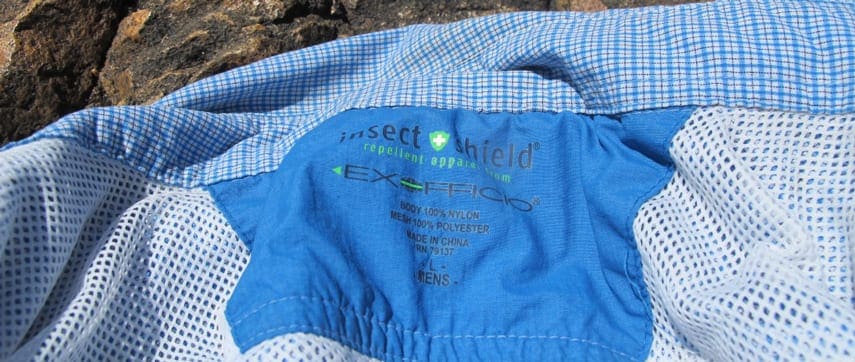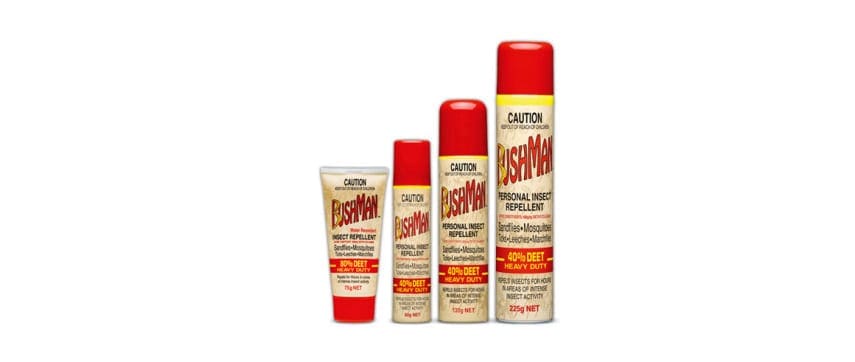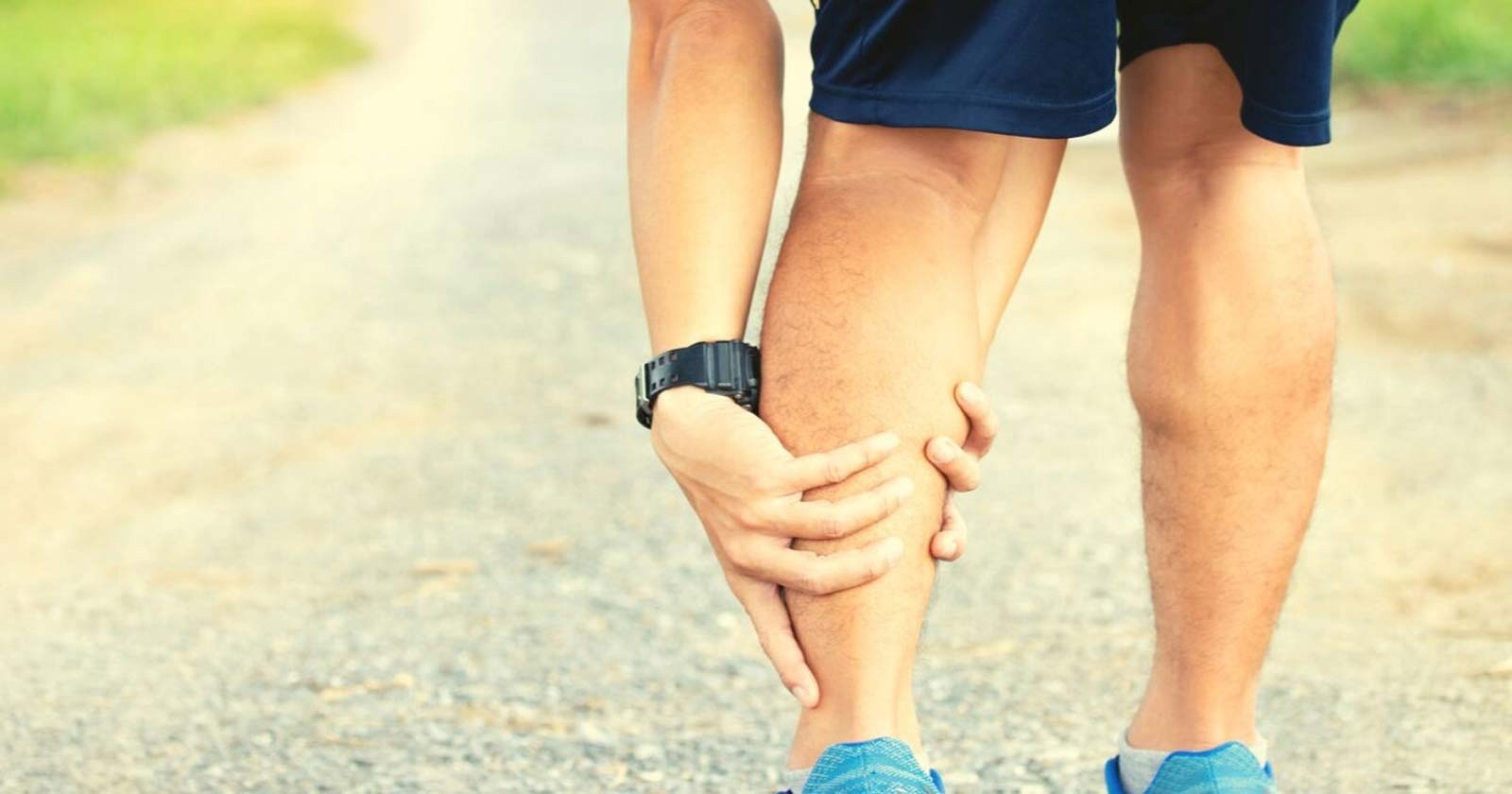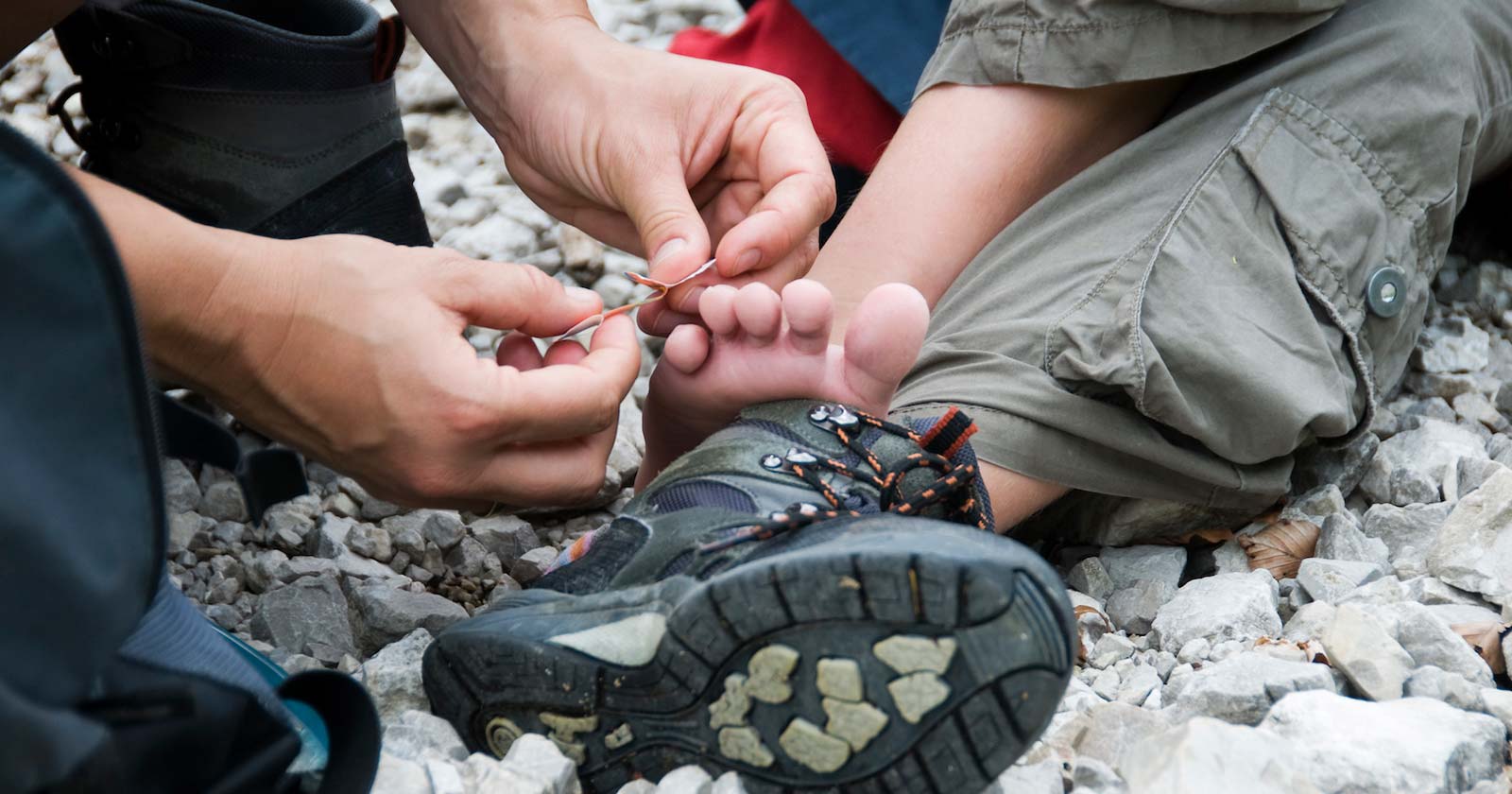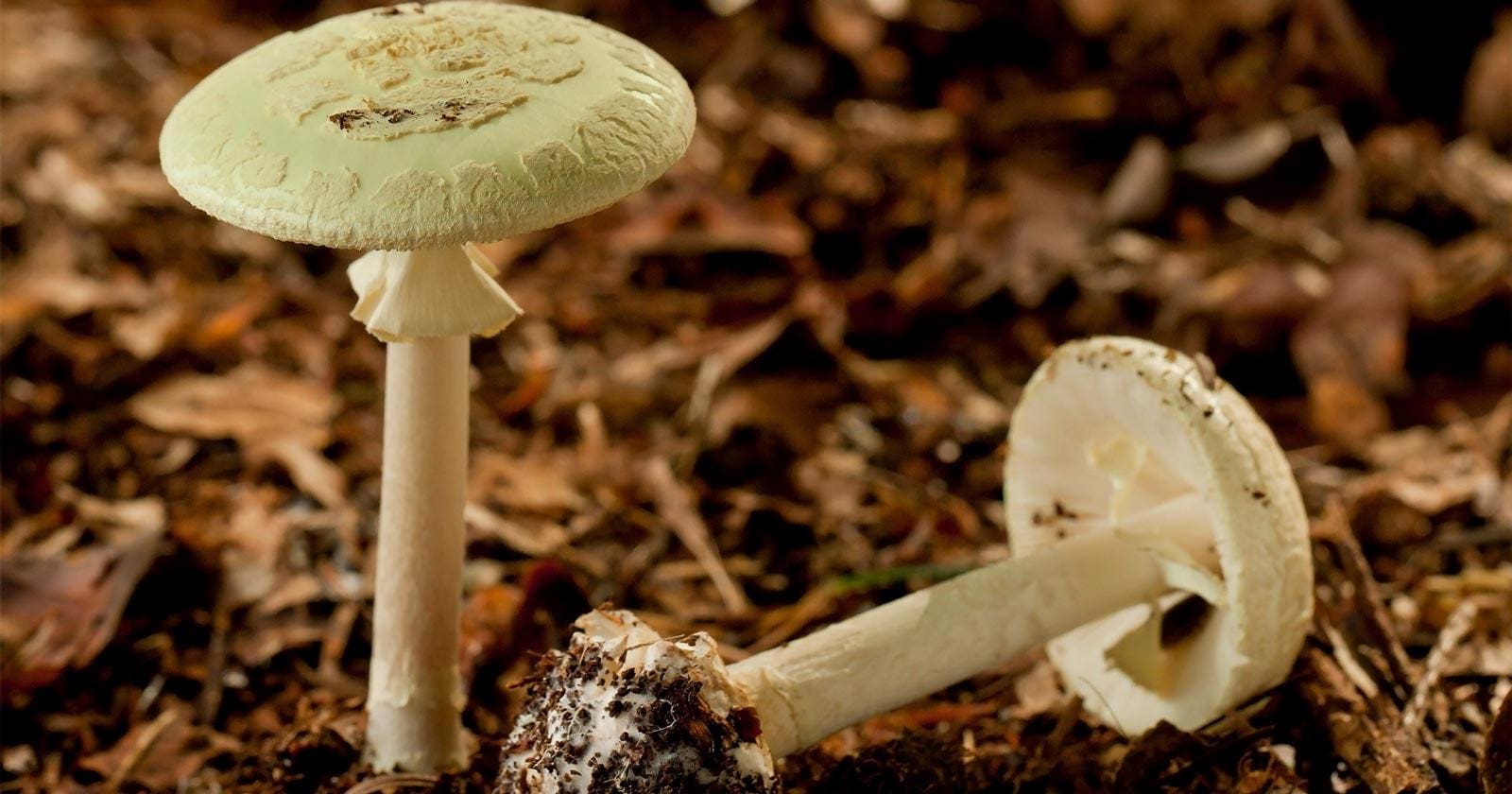Insect repellents help to keep pesky blood suckers at bay
They prevent and control the outbreak of insect-borne diseases such as Malaria, Yellow Fever, Dengue Fever, Bubonic Plague and West Nile Fever. These infectious pathogens are carried and transmitted via blood sucking insects such as fleas, fly’s, mosquitoes, and the arachnid tick. If you’re wondering why I haven’t mentioned leeches in this mix of blood suckers, they have an article all to themselves that you can find here.
How can you avoid, these life threatening diseases?
There are many methods of keeping these micro predators at bay, saving us grief, but first we have to understand what attracts them to us.
Mosquitoes have highly developed receptors that they use to detect both carbon dioxide (from our breath), humidity (sweat and body warmth) and particular chemicals our skin emits. There are 300 or so chemicals produced by the human skin such as lactic acid, ammonia, phenols amongst others. some of these have particular chemical ‘scents’ that mosquitoes and other insects can lock into and zero in straight for our vulnerable flesh.
Knowing this we can utilise particular chemical compounds such as DEET ( N,N-Diethyl-meta-toluamide) to mask these odours and build a ‘barrier’ to prevent these vapours from attracting these tiny villains. Despite the name, repellents don’t always actually repel but rather mask the unique signals that attract blood-suckers.
Types of repellent
There are many types of repellent, some by far are more effective at keeping bugs at bay, however not all solutions are suitable for all applications.
Permethrin
Permethrin is a common synthetic chemical synthesised from Pyrethrin a type of organic compound naturally derived from the flowers of some species of Chrysanthemum, that demonstrate extremely effective natural insecticidal properties.
Permethrin is often employed in both personal insect repellents and in soaks or spray treatments designed for use with clothing or fabrics. some manufacturers such as ExOfficio’s Bugsaway using Insect Sheild for men and women are pre-treated with permethrin insect repellent.
Permethrin is considered safe for use with children and adults of any age and has been shown to have no known toxicity to humans and other mammals in low doses, it is poorly absorbed through the skin and skin irritation or reactions are very uncommon.
When utilised in clothing treatments it can vary in effectiveness, lasting anywhere between 6 and 70 washings and because it is bonded to the fibres of your clothing it will not simply rub off with sweat or rain. Therefore when Permethrin is utilised in clothing treatments, it is a long term, low toxicity alternative to other styles of treatment on the market.
Permethrin can also be purchased as a spray on style personal body repellent. Often when found in this form, it is mixed with certain compounds to have more ‘staying power’ and increase its effectiveness.
Notes: Although permethrin is safe for human (mammal) usage, it is toxic to fish and should not be disposed of in waterways. The greatest danger to fish is from accidental spills of permethrin in quantity. Empty permethrin containers must be disposed of in a landfill. Residues from permethrin-treated clothing are not an environmental hazard since leaching of the chemical from fabric is negligible.
Natural repellents
‘Natural Repellents’ such as Para’Kito & Ouch will repel mosquitoes, but they require a much higher frequency of reapplication (at least every 2 hours) and in much higher concentrations than DEET or permethrin based treatments. Natural repellents tend to utilise volatile plant oils instead of creating a film like vapour barrier over the skin, they throw up a temporary ‘smoke screen’ chemical cocktail to bewilder and distract the evil itch-causing-blood-merchants (many a barbecue has had a citronella candle bucket burning bright to keep the mozzies at bay), This method tends to be less effective as it doesn’t hide the CO2 you breath out and the humidity/heat surrounding your body, leaving you still vulnerable.
Ouch also produces a Herbal Instant Sting Relief Spray that contains no aluminium sulfate which has been linked to Alzheimer’s Disease. It instantly relieves bites from mosquitoes, midges, sea lice, sunburn and jellyfish including the painful Mediterranean ‘medusa‘. Animal rights organisation, Choose Cruelty Free certified Ouch with their highest standard as Ouch has not been tested on animals and contains no animal products.
OuchSpray.com | Ouch Herbal Insect Repellant & Classic Ouch Herbal Sting Relief from Ouch Spray on Vimeo.
TIP: Don’t be fooled by the word ‘natural’, know that it does not automatically mean ‘safe’. Many people are sensitive to plant oils, and in fact both Tee Tree and Citronella oil are classified sensitizes and not recommended for use with children under 3 years old.
Although ‘Natural repellents’ provide hikers, travellers and barbecuers with an alternative to synthetic chemicals. it isn’t a foolproof solution, especially when there is a risk of insect-bourne disease as it may distract the insects in the area temporarily, but it will not keep them away.
DEET
DEET (N, N-Diethyl-metatoluamide), is a transparent slightly yellow oil and the most common active ingredient in most insect repellents. It has a strong distinguishing odour and a unique feel when applied to skin, whilst not the most pleasant feeling/smelling it is definitely one of the most effective personal insect repellents available on the market and in higher concentrations can be effective for up to 15 hours and is water sweat and rub resistant.
TIP: if using DEET in conjunction with sunscreen, you should apply the sunscreen ahead of time and the DEET over the top as it can prevent the sunscreen from absorbing as quickly and can cause both chemicals to be much less effective.
Despite its overall effectiveness there is a lot of concern over the safety of DEET, as it can be quite toxic if ingested, so care must be taken to prevent applying DEET based repellent to the face or hands of children or anything that a child may put in the mouth. It shouldn’t be applied near the eyes as it can cause permanent damage. DEET is also an effective solvent, and may dissolve some plastics, rayon, spandex, other synthetic fabrics, and painted or varnished surfaces including nail polish, so be very careful not to damage clothing or camping equipment when applying DEET.
Despite the caution you should exercise whilst using DEET (and all other insect repellants for that matter) it is wise to understand that DEET is highly regarded and recommended by both the World Health Organization and CDC (Centres for Disease Control and Prevention) as the most effective personal barrier to apply against, pathogen carrying pests in high risk areas.
As with most products available on the market, if you follow the directions specific from the manufacturer of your product you should be safe, and assuming you have armed yourself with the right insect repellent for the job you should survive your hike, trip or barbecue, insect and deadly pathogen free.
How to remove a tick??
PUT DOWN THOSE TWEEZERS! Dr Jonica Newby from ABC’s Catalyst shows you how to safely remove a tick in this short video.
Author: Liam Arthur
Contributed by: Paddy Pallin
